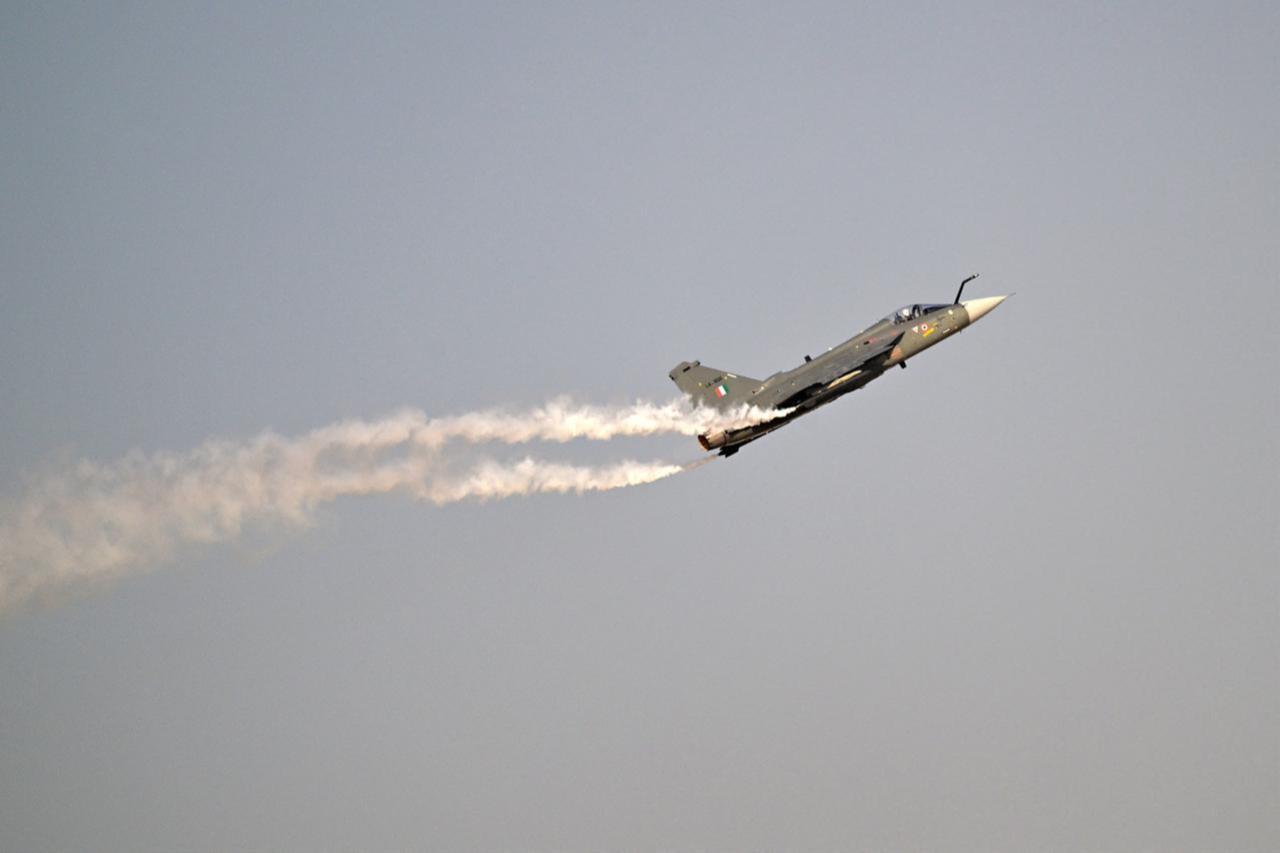
The final day of the Dubai Airshow was overshadowed by tragedy when an Indian Tejas fighter jet crashed in front of thousands of spectators. The aircraft erupted into flames during an aerial display, while authorities confirmed that the sole pilot on board was killed in the incident.
The accident marked only the second known crash involving the Tejas, a 4.5-generation light combat aircraft built by India’s state-owned Hindustan Aeronautics Limited (HAL) and powered by General Electric engines.
Its first crash occurred during a training exercise in India in 2024. The loss of the aircraft during one of the aviation world’s most visible events dealt a significant blow to New Delhi’s efforts to showcase the Tejas to foreign buyers.
India’s embassy in Abu Dhabi said it was coordinating with Emirati authorities, while the Indian Air Force (IAF) announced a formal court of inquiry to determine what caused the aircraft to go down.
The Tejas program has long been central to India’s push to modernize an aging fleet dominated by Russian and Soviet-era fighters, especially the MiG-21s. Conceived over four decades ago and first manufactured in 2001, the aircraft was designed to symbolize India’s technological self-reliance in defense manufacturing.
Despite its symbolic importance, the program has faced recurring hurdles. Slow engine deliveries from GE, attributed to global supply chain strains following the COVID-19 pandemic, have slowed production.
HAL has pending orders for enough aircraft to bring the IAF’s Tejas fleet to nearly 220 units over the next decade, including advanced Mk-1A variants. The timeline, however, has been slipping.
Analysts note that while the Tejas is India’s first fully indigenous fighter not based on a foreign platform, international interest in the jet remains limited.
Indian officials used the Dubai Airshow to highlight the aircraft to potential buyers, but the crash now adds uncertainty to those efforts. A more advanced Tejas Mark II is under development, but it is still years away from operational readiness.
While aviation accidents at major airshows have become rare due to strict safety protocols, the Tejas crash revived memories of earlier incidents involving high-performance jets.
The Dubai Airshow, the world’s third-largest after Paris and Farnborough, had never recorded a crash before this event. Its wide airspace and controlled environment typically make it one of the safer venues for aerobatic demonstrations.
Historically, airshow accidents were more common. During the 1980s and 1990s, crashes at major exhibitions in Paris and Farnborough involved Soviet-designed aircraft such as the MiG-29 and Sukhoi Su-30, though pilots survived those events. Safety standards tightened significantly in the following decades, reducing risks at premier international shows.
Dubai officials said emergency teams managed the situation swiftly and restored operations once the area was secured.
GE stated that it would support the investigation, while independent experts emphasized that it was too early to reach conclusions about the cause.
The Dubai Airshow serves as a crucial marketplace for defense and aerospace industries, where governments and manufacturers showcase new technologies and court potential clients.
For India, this year’s event was an opportunity to frame the Tejas as a competitive, modern combat aircraft ready for export.
Instead, the incident placed the program in an uncomfortable spotlight. Although the jet’s name, Tejas, meaning “brilliance” in Sanskrit, appeared in bids only with Malaysia for a short while, the negotiations never jumped to a serious tone.
Yet the tragic crash underscored the opposite of what the stunt was aiming for as New Delhi seeks a stronger foothold in the international arms market.
As the investigation proceeds, attention will focus not only on technical causes but also on broader questions about the Tejas program’s trajectory.
The aircraft remains central to India’s future airpower plans, but this highly visible failure raises new doubts at a critical moment for the country’s defense industry.